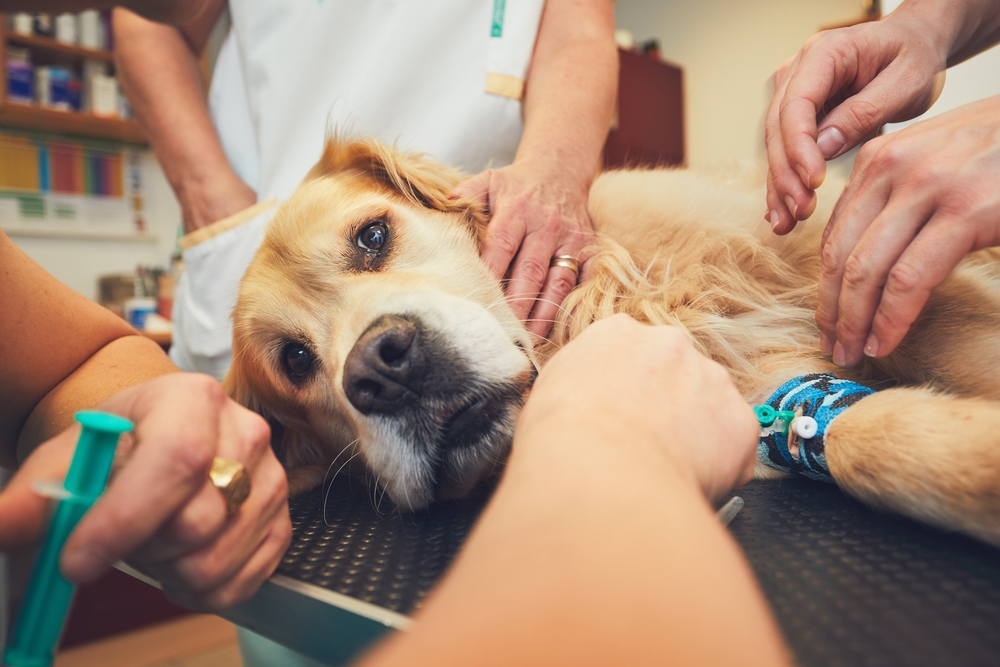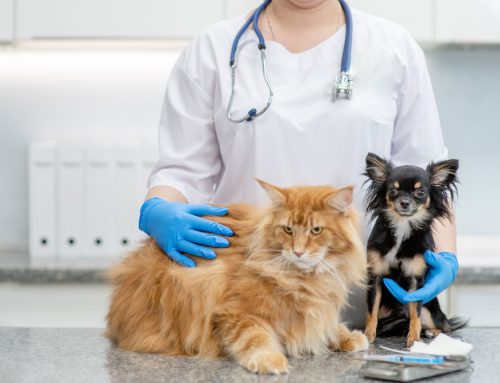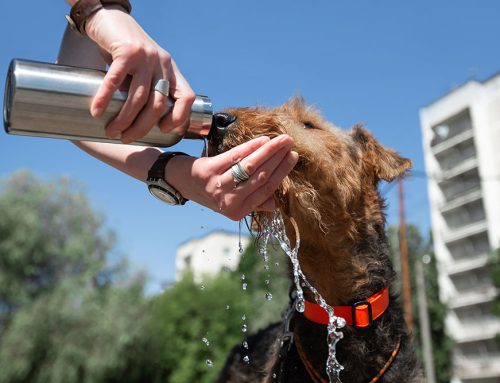Chronic pain is a significant issue affecting senior pets, and recognizing its signs early can substantially improve their quality of life. As a pet owner in Canton, Georgia, understanding how chronic pain manifests and the treatment options available at Sixes Animal Hospital at BridgeMill is crucial. This guide will equip you with the knowledge needed to identify, treat, and manage chronic pain in your aging pet.
Causes of Chronic Pain in Senior Pets
Common Conditions Leading to Chronic Pain
Several conditions contribute to chronic pain in aging pets, with arthritis and degenerative joint disease being the most prevalent. Over time, joint wear and tear cause pain, stiffness, and reduced mobility.
Other significant causes include:
- Hip Dysplasia – Common in larger dog breeds, leading to joint pain and mobility issues.
- Dental Disease – Periodontal disease can cause chronic oral pain, affecting eating habits.
- Cancer – Tumors may cause discomfort, depending on their size and location.
Learn more about arthritis and degenerative joint disease in cats.
Age-Related Changes Affecting Mobility
As pets age, muscles weaken, cartilage deteriorates, and bones become more brittle, leading to discomfort. These changes impact daily activities, making previously easy tasks like jumping or climbing difficult.
Read the Mobility Matters Guide – A veterinary-backed guide to mobility changes in aging pets.
Recognizing Signs of Chronic Pain in Your Pet
Behavioral Changes to Watch For
Pain in pets often manifests as subtle behavioral changes. Some common signs include:
- Reluctance to climb stairs or jump
- Decreased activity levels
- Changes in appetite or sleeping patterns
- Irritability, withdrawal, or aggression
- Excessive licking or chewing at joints
Common Pet Pain Signs – A detailed breakdown of pain indicators in pets.
Physical Symptoms of Chronic Pain
Visible signs of chronic pain include:
- Limping or stiffness
- Difficulty sitting or standing
- Discomfort when touched
- Hunched posture
- Vocalization (whining or growling) during movement
Recognizing these symptoms early allows for timely intervention and treatment.
Professional Assessment and Diagnosis
When to Visit Sixes Animal Hospital
If you notice any of the signs above, scheduling a pain assessment at Sixes Animal Hospital is recommended. Regular check-ups help monitor pain progression and ensure your pet receives the care they need.
Diagnostic Tools for Chronic Pain
Veterinary diagnostics include:
- X-rays & MRIs – Detects arthritis, hip dysplasia, and bone abnormalities.
- Blood Tests – Identifies metabolic conditions like diabetes or hypothyroidism.
- Ultrasound Imaging – Assesses soft tissue damage.
Treatment Options for Chronic Pain in Senior Pets
Pain Management Medications
Veterinarians may prescribe:
- NSAIDs (Non-Steroidal Anti-Inflammatory Drugs) – Reduces inflammation and pain.
- Gabapentin or Tramadol – Helps manage nerve and chronic pain.
Always consult your veterinarian before giving any medication, as improper use can lead to side effects.
Non-Medicinal Therapies for Pain Relief
Alternative therapies can greatly improve mobility and reduce pain in aging pets.
Options include:
- Physical Therapy & Rehabilitation – Improves flexibility and strength.
- Acupuncture & Massage Therapy – Stimulates healing and reduces discomfort.
- Hydrotherapy (Water Therapy) – Eases joint stress while maintaining muscle tone.
- Laser therapy reduces inflammation and promotes healing.
Read more about rehabilitation in arthritic pets.
Learn about laser therapy for pain and arthritis in dogs.
Lifestyle Adjustments to Support Your Senior Pet
Daily Exercise for Mobility
Gentle exercises like:
- Short, controlled walks
- Swimming for low-impact movement
- Stretching exercises to maintain flexibility
Regular movement prevents muscle loss and maintains joint function.
Nutritional Support for Joint Health
A balanced diet is essential for managing pain and inflammation.
Key supplements include:
- Glucosamine & Chondroitin – Supports cartilage health.
- Omega-3 Fatty Acids – Reduces inflammation.
Consult with your veterinarian to determine the best diet and supplement plan for your senior pet.
Monitoring and Ongoing Care
Importance of Regular Check-Ups
Routine veterinary visits allow for pain management adjustments and early detection of worsening symptoms.
Schedule regular check-ups here.

Home Monitoring Tips
Keep a log of:
- Mobility changes (walking speed, posture)
- Eating & drinking habits
- Energy levels & behavior shifts
Tracking these signs helps veterinarians tailor pain management strategies.
FAQs: Chronic Pain Management in Senior Pets
What happens if chronic pain goes untreated?
Untreated pain leads to reduced mobility, muscle loss, and behavioral issues. Long-term effects may include depression, anxiety, and increased susceptibility to injury.
Can I prevent chronic pain in my senior pet?
Yes! Preventative steps include:
- Maintaining a healthy weight
- Providing joint-supporting supplements
- Ensuring regular exercise & veterinary check-ups
When is pain considered a medical emergency?
Seek immediate veterinary care if your pet experiences:
- Sudden inability to move or stand
- Severe whining or vocalizing in pain
- Extreme lethargy or significant behavior changes
Supporting Your Pet Through Their Golden Years
Managing chronic pain is crucial to ensuring your pet remains happy and comfortable in their senior years.
At Sixes Animal Hospital, we provide expert pain management solutions to keep your pet thriving.






Leave A Comment